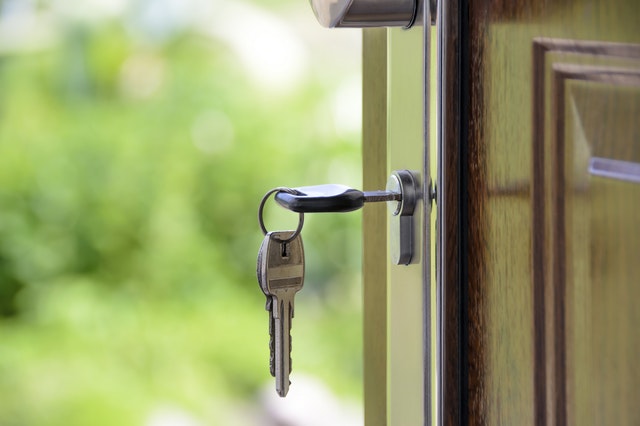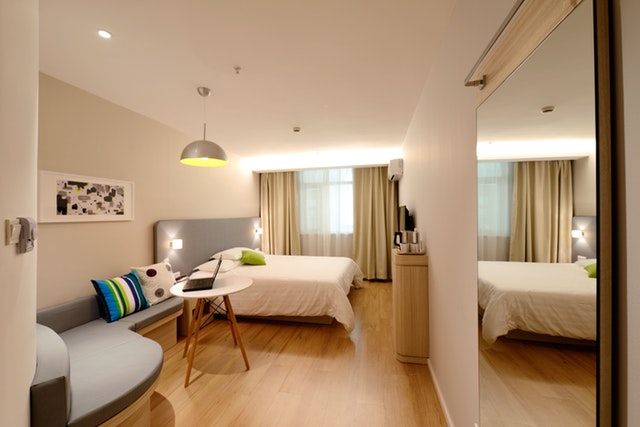 Once you and the seller have negotiated an offer and you’ve been pre-approved for a mortgage, you might think that you are in the clear as far as your closing goes. However, that is not always the case. Many surprising things can put a halt to closing. Some may ultimately stop the closing altogether while others could simply cause a delay.
Once you and the seller have negotiated an offer and you’ve been pre-approved for a mortgage, you might think that you are in the clear as far as your closing goes. However, that is not always the case. Many surprising things can put a halt to closing. Some may ultimately stop the closing altogether while others could simply cause a delay.
Here are a few unexpected things that can derail a real estate closing:
A Job Promotion
While you might know that changing employers is one way to interfere with the closing, another deal-breaker can be switching positions with your current employer. If you are a salaried employee and switch to a non-salary commission job, for instance, you could be looking at a problem when it comes to closing on a house.
Whenever you have any change in employment, even if it is with the same employer, most lenders will require a two-year history. A new job title could be a problem at closing — even if the new position pays more money. In some cases, the lender might not be able to include the income from your new job. If so, you could quickly end up not being qualified for the loan.
Therefore, it’s best to avoid any change in employment until after closing even if it is with the same company. Talk with your mortgage finance professional regarding your personal circumstances before making any employment changes.
Last-Minute Requests for Documents
It is easy to assume that lenders will already have all the documents that they need by closing, but that is not necessarily the case. Lenders can become overwhelmed with work, especially during a hot real estate market. Lenders will sometimes realize that they need more information last-minute.
They might ask for a canceled check, copies of your rental agreement, current pay stubs or other items. If you don’t have the documentation handy, it could cause your closing to be delayed or even completely canceled if you can’t produce the requested information.
To avoid this situation, make sure that you consistently communicate with your lender throughout the loan process.
A Delayed Transfer
You will most likely need cash at closing. If you are relying on your bank to transfer funds right before closing, then you might be shocked if the transfer falls through at the last minute. Bugs in the bank’s system or other issues could affect the transmission.
Therefore, make sure you time your transfer to reach you or your closing agent a couple of days before closing.
Closing on a mortgage is something that you don’t want to derail. Avoiding the above mistakes will help ensure a hassle-free closing transaction.
As always, remember that you can count on your trusted real estate professional to remain committed to your success throughout the entire home buying and/or selling process.
 If you’ve decided to sell your home, you’ve probably paid a lot of attention to the inside of your home. You have likely cleaned and staged your living room, bedrooms and kitchen to perfection. If you were like most other homeowners, you might have forgotten to stage one of the most critical areas of your home — the garage.
If you’ve decided to sell your home, you’ve probably paid a lot of attention to the inside of your home. You have likely cleaned and staged your living room, bedrooms and kitchen to perfection. If you were like most other homeowners, you might have forgotten to stage one of the most critical areas of your home — the garage. Carving out space for a home office isn’t always easy, but if you have the option to work from home even part of the time, it’s essential to have a space that works for you.
Carving out space for a home office isn’t always easy, but if you have the option to work from home even part of the time, it’s essential to have a space that works for you. Energy-efficiency, smart electronics and automation have come home to the rest of the house, but many garages still look and feel like neglected warehouses. Why not update the lighting and add some high-tech features that will bring your garage into the 21st Century. Doing so will make your life easier and need not cost a fortune!
Energy-efficiency, smart electronics and automation have come home to the rest of the house, but many garages still look and feel like neglected warehouses. Why not update the lighting and add some high-tech features that will bring your garage into the 21st Century. Doing so will make your life easier and need not cost a fortune! Color psychology is not an exact science, but there are basic principles that marketing pros use to sell everything from greeting cards to automobiles. Much of it has to do with color. Yes, the colors you put on your walls, or on your front door, can help clinch a home sale!
Color psychology is not an exact science, but there are basic principles that marketing pros use to sell everything from greeting cards to automobiles. Much of it has to do with color. Yes, the colors you put on your walls, or on your front door, can help clinch a home sale! Many homeowners are looking for ways to maximize on their investment. One idea that is gaining popularity is a space set aside for aging parents known as an In-law apartments. These additions are living spaces that can set a property apart from others on the real estate market.
Many homeowners are looking for ways to maximize on their investment. One idea that is gaining popularity is a space set aside for aging parents known as an In-law apartments. These additions are living spaces that can set a property apart from others on the real estate market.